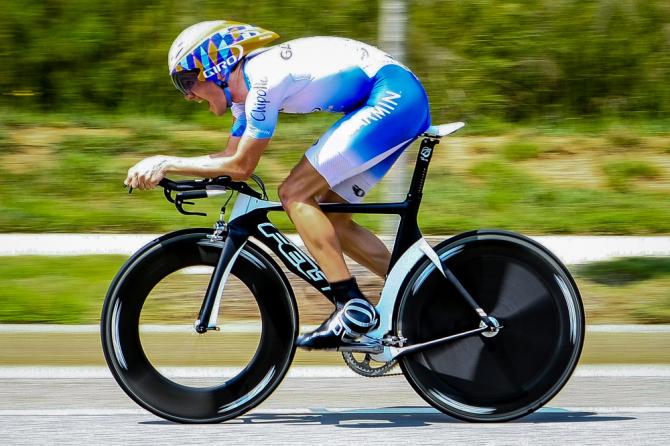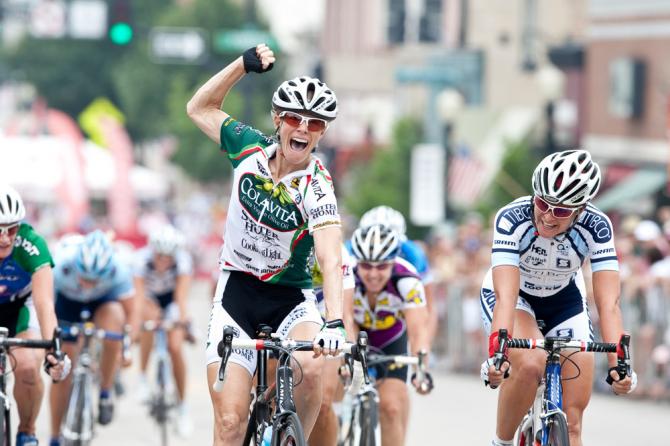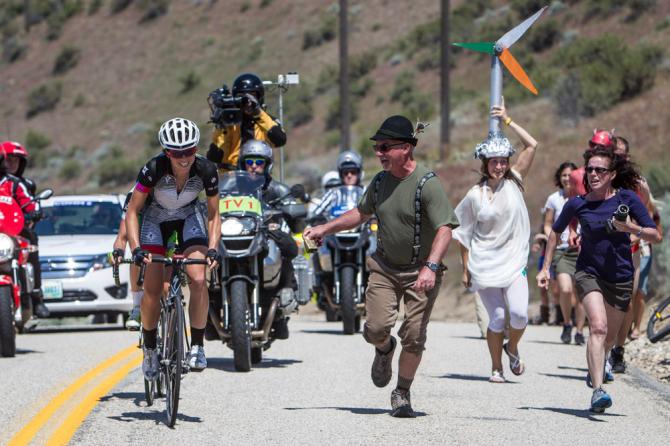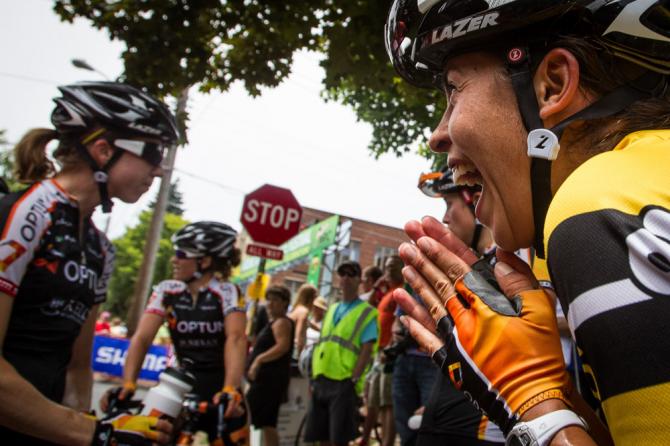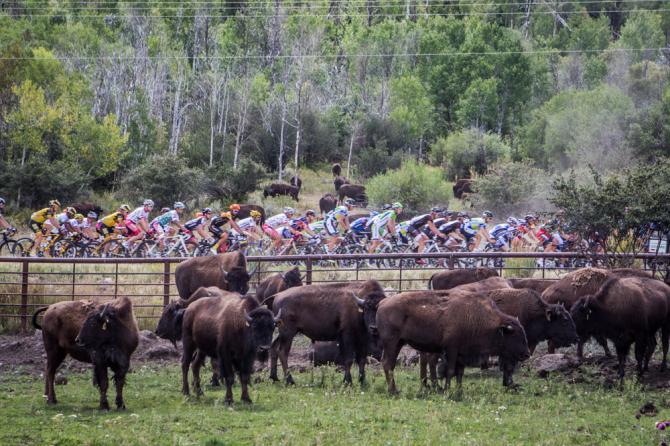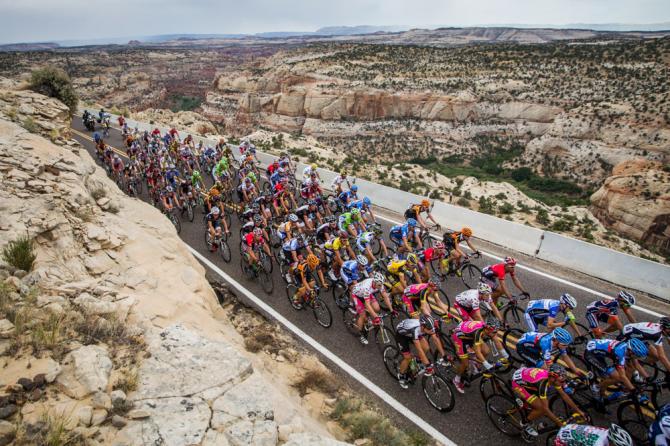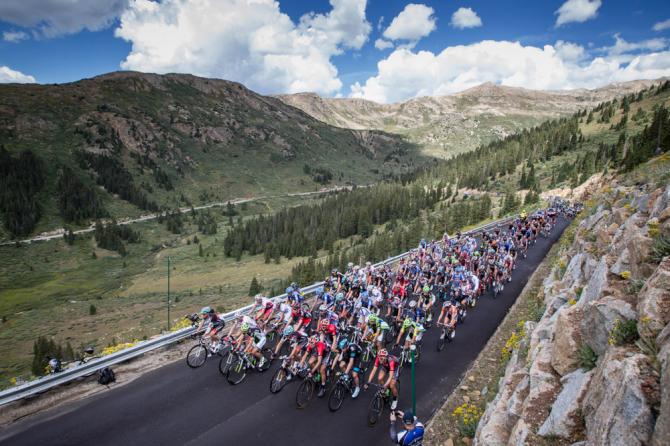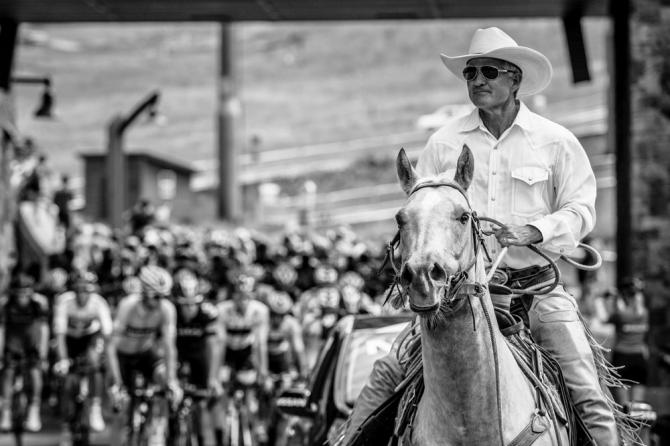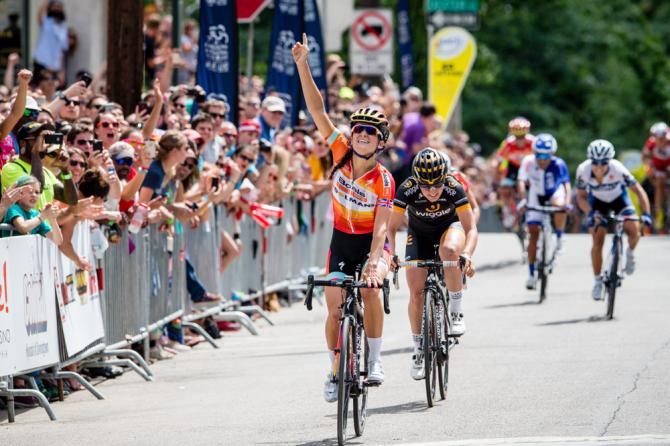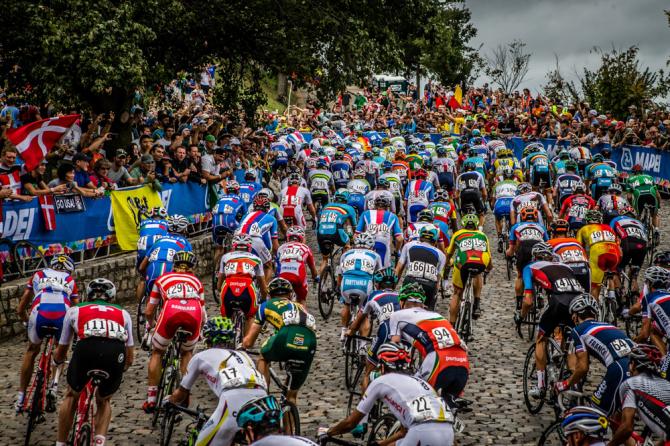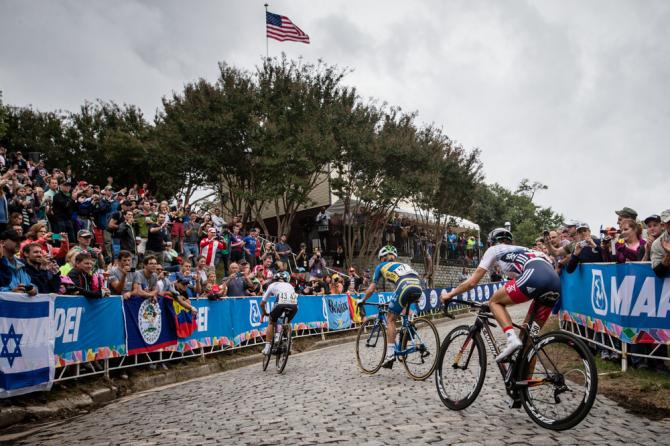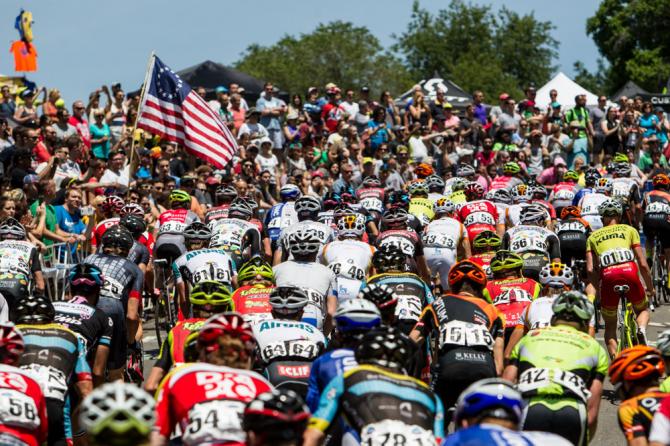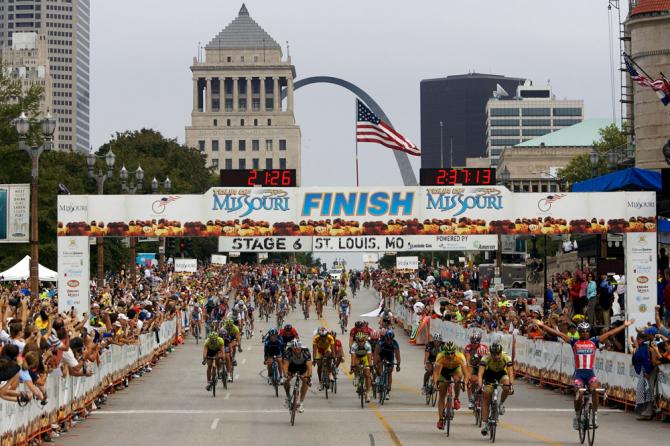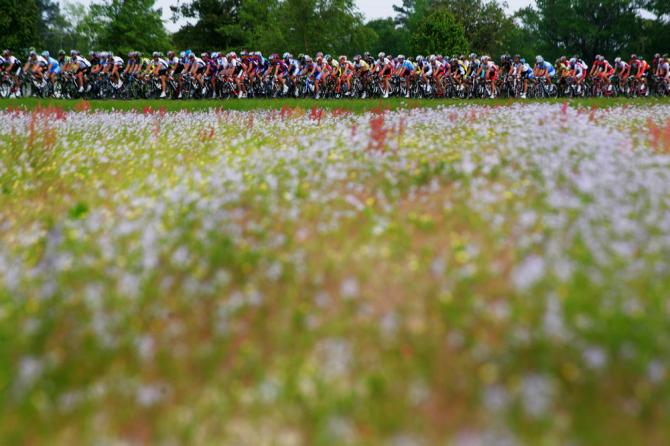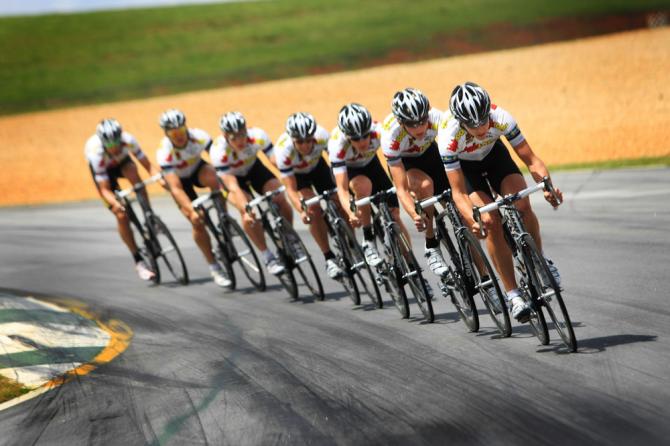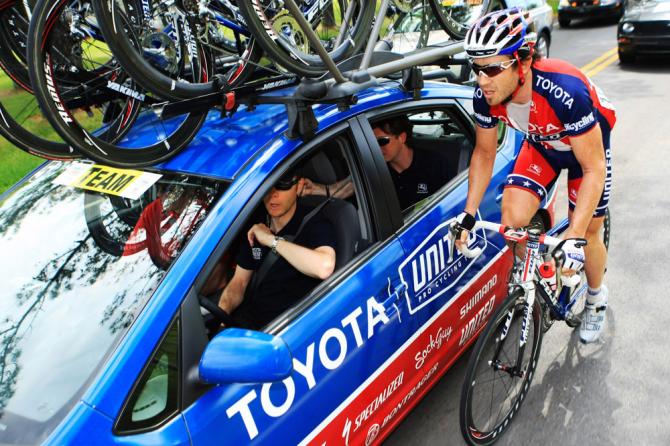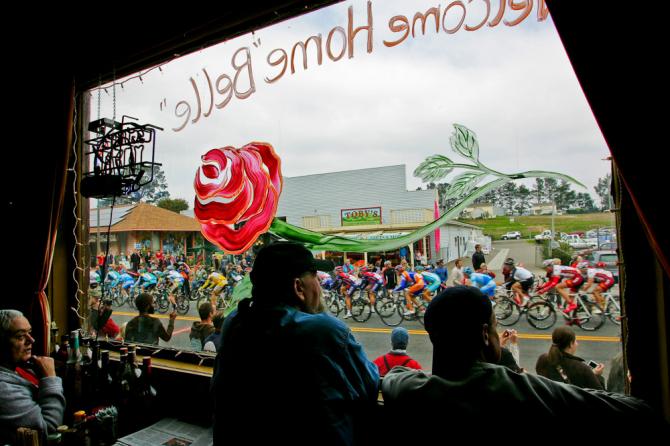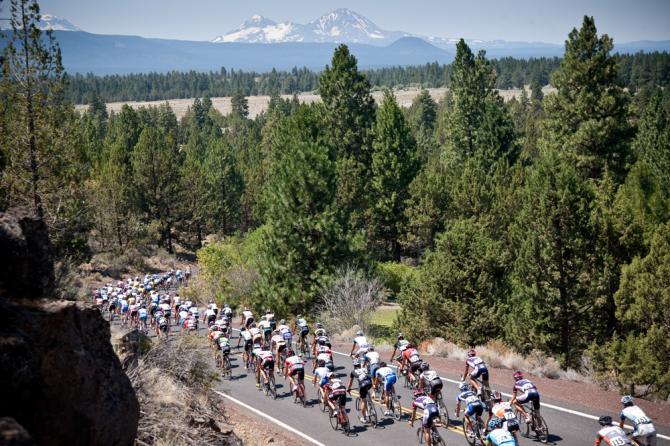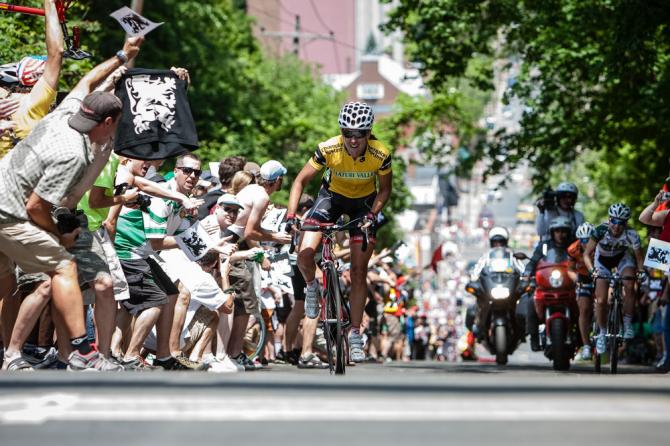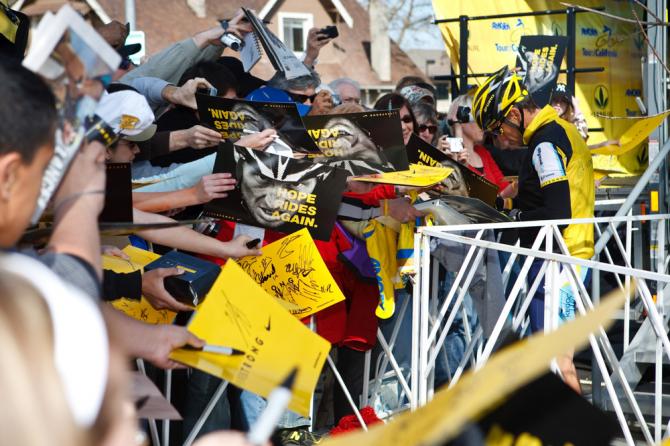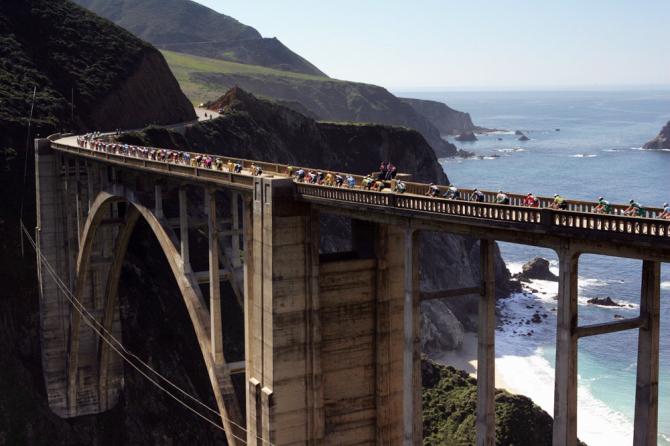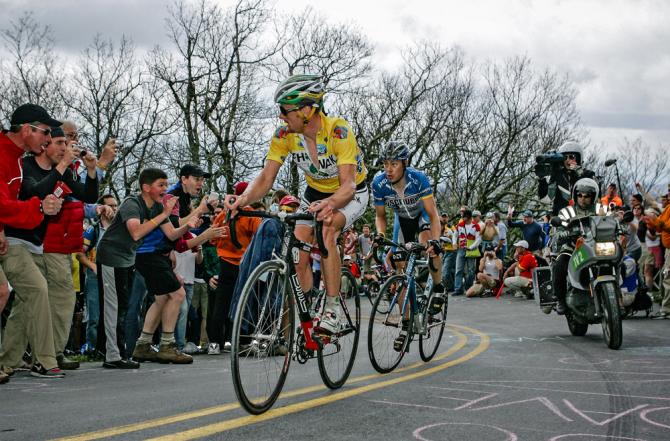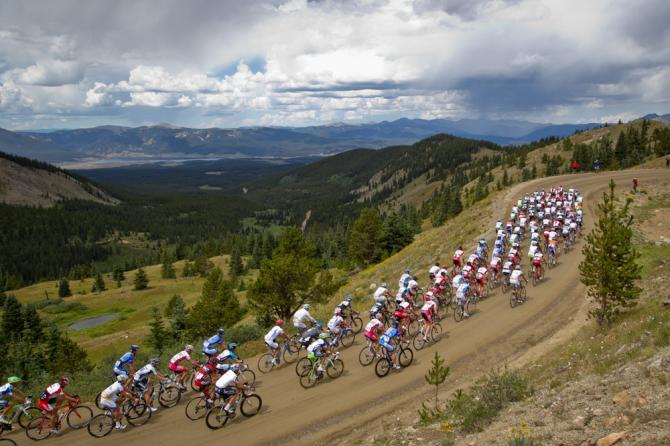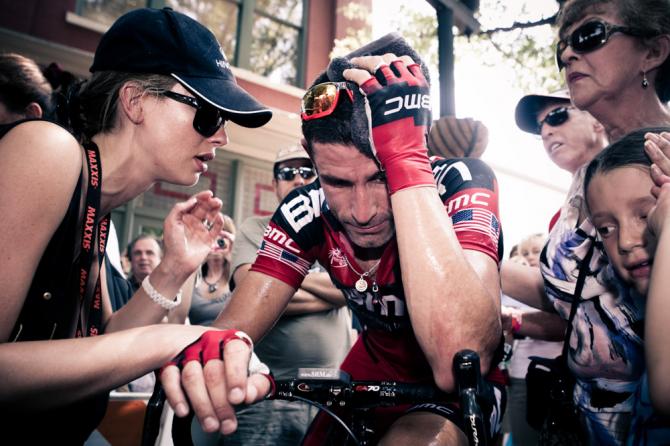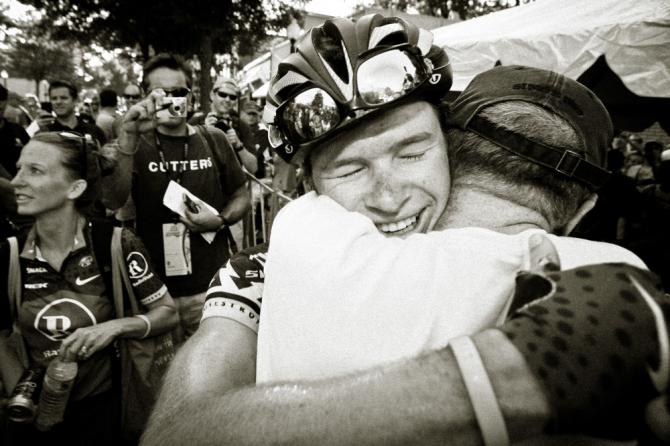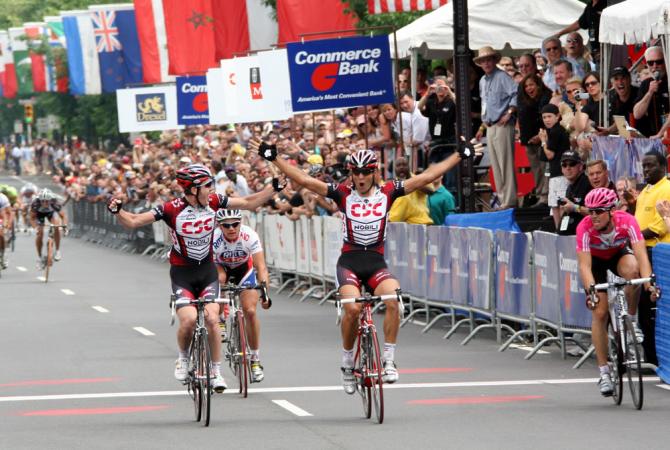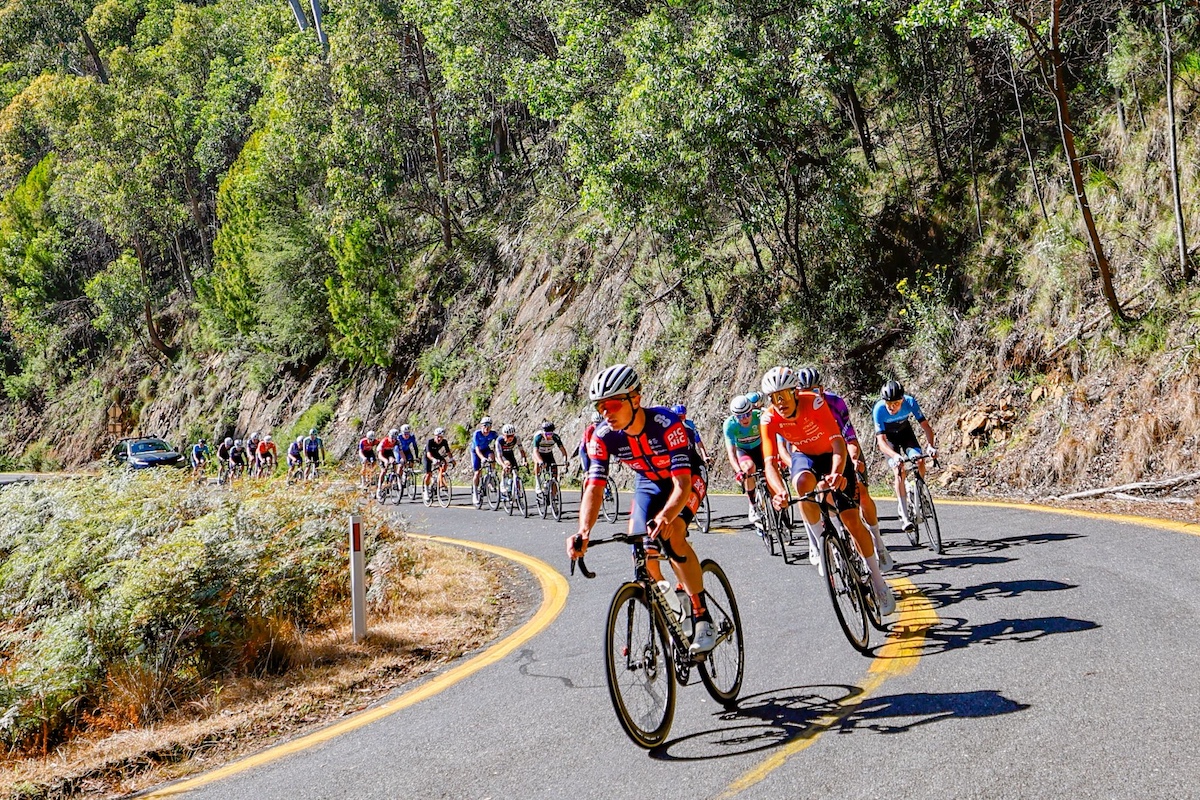Modern US racing in images - Gallery
USA Week: Photographer Jonathan Devich looks back at a decade of racing
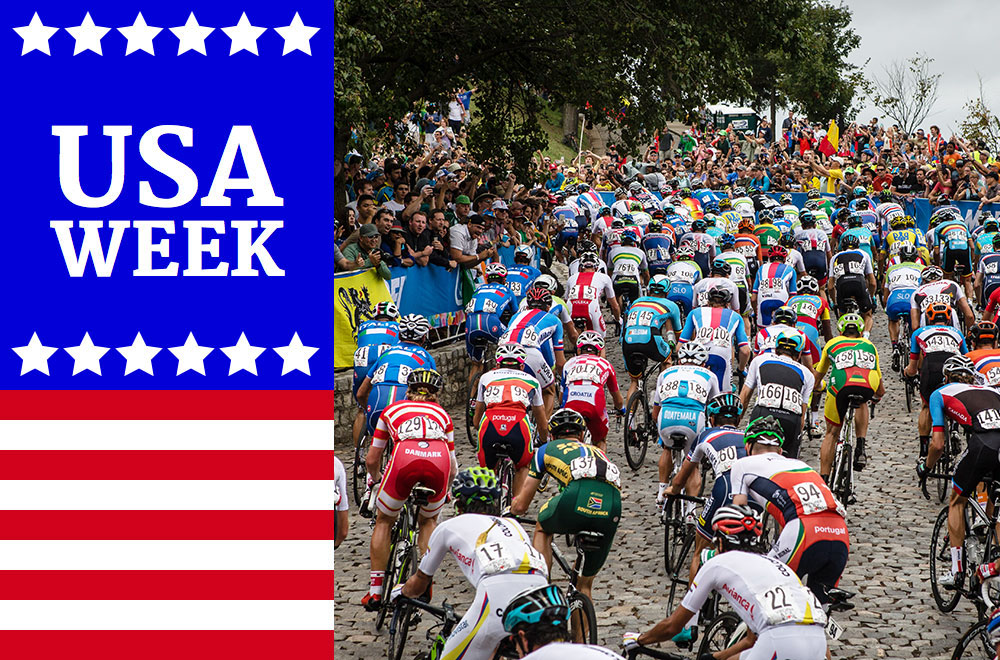
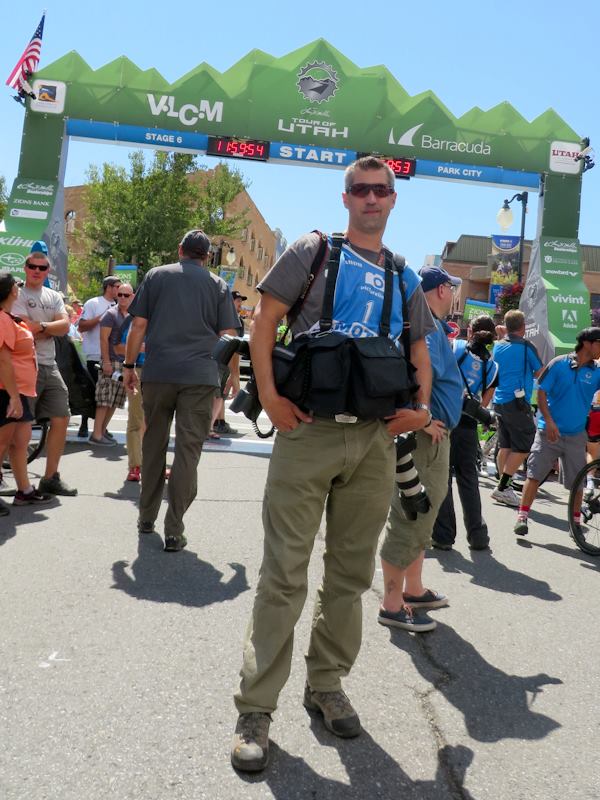
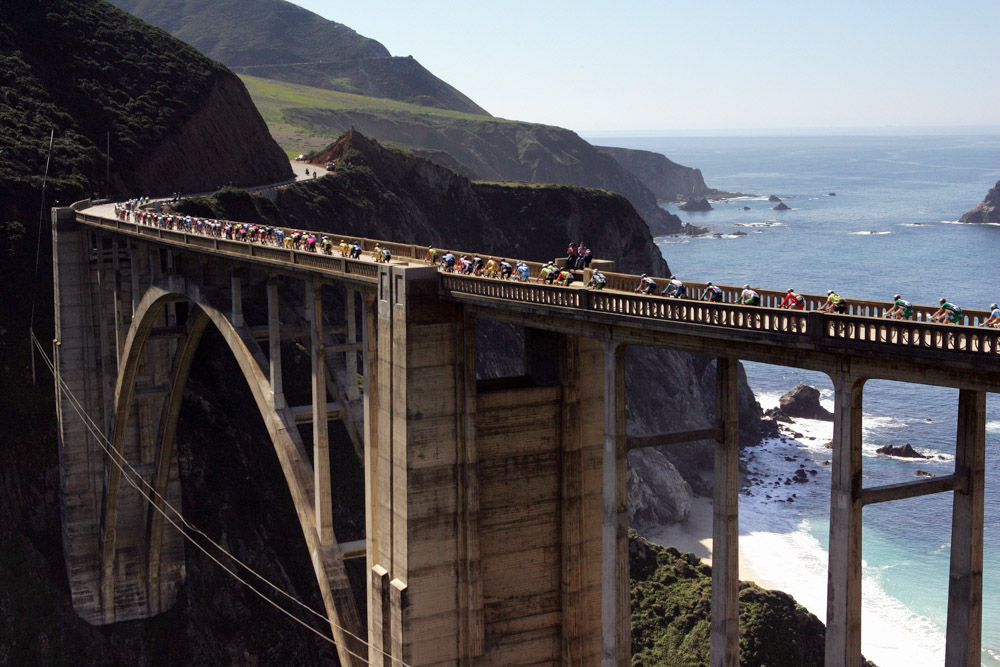
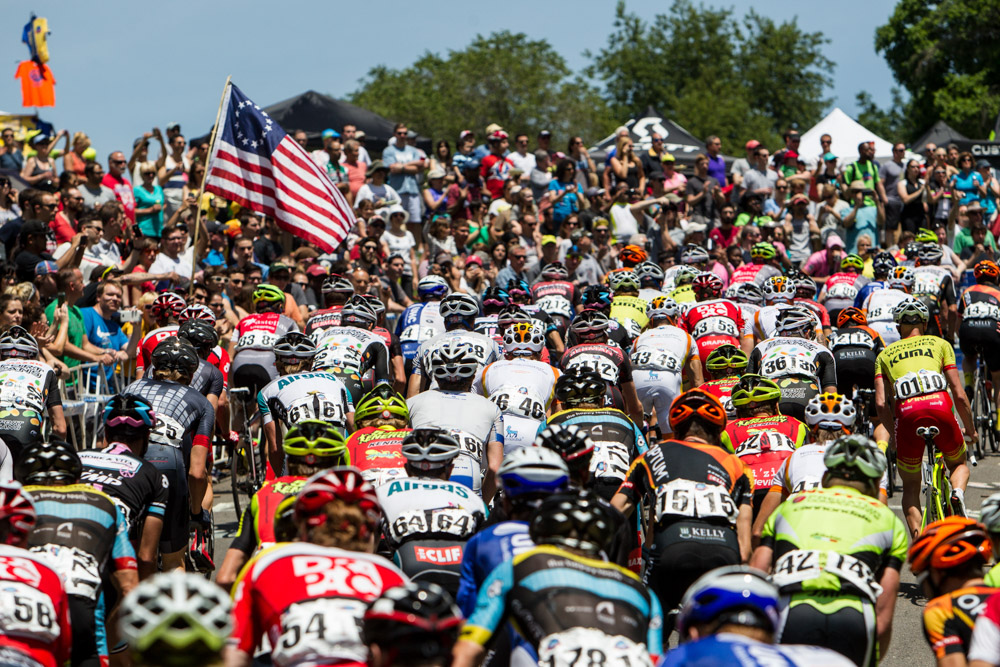
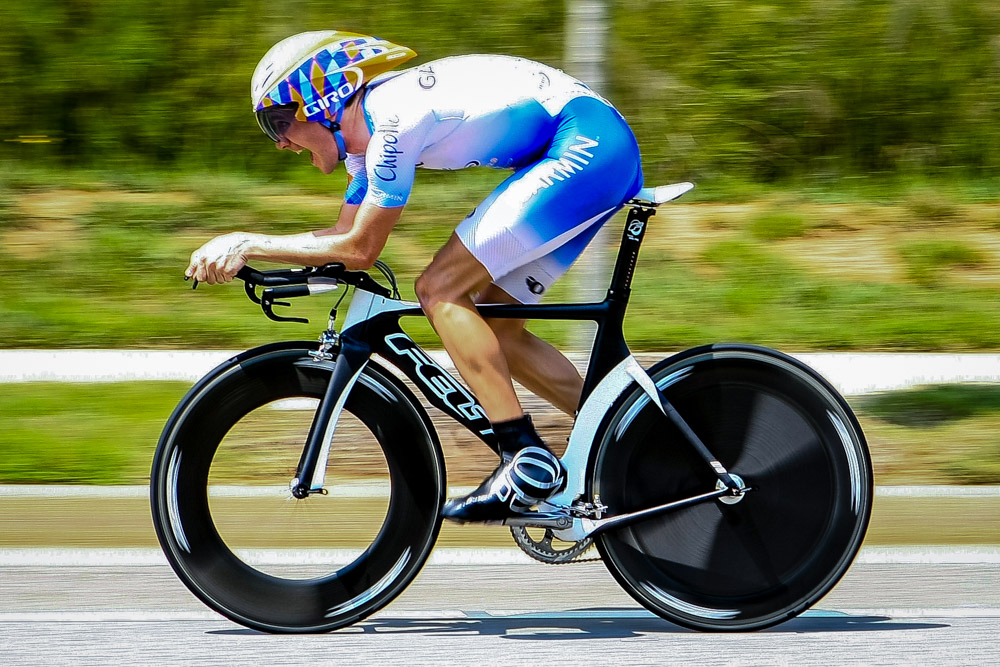
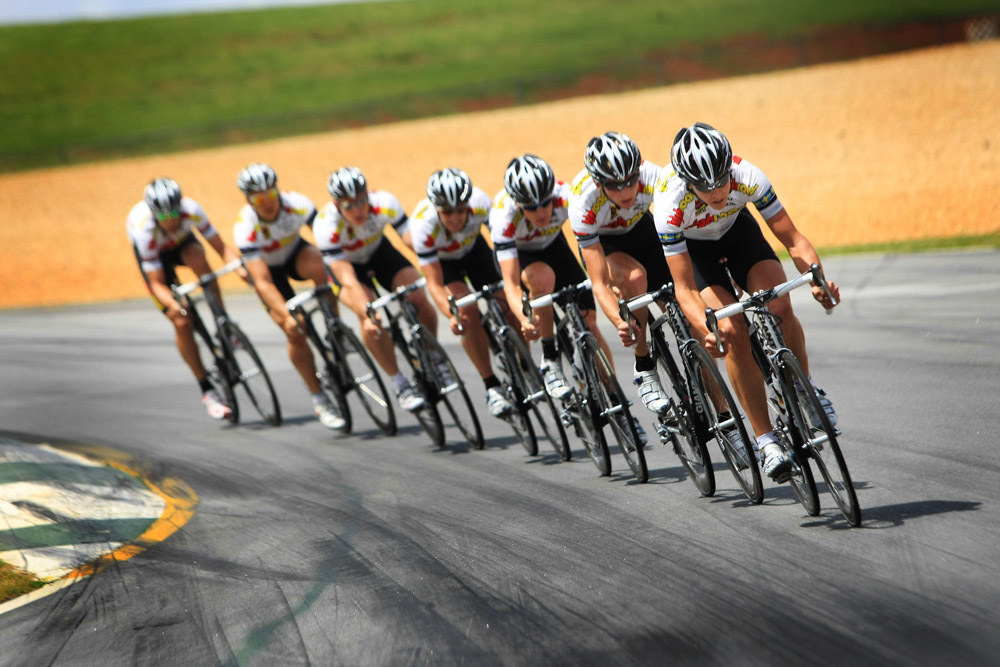
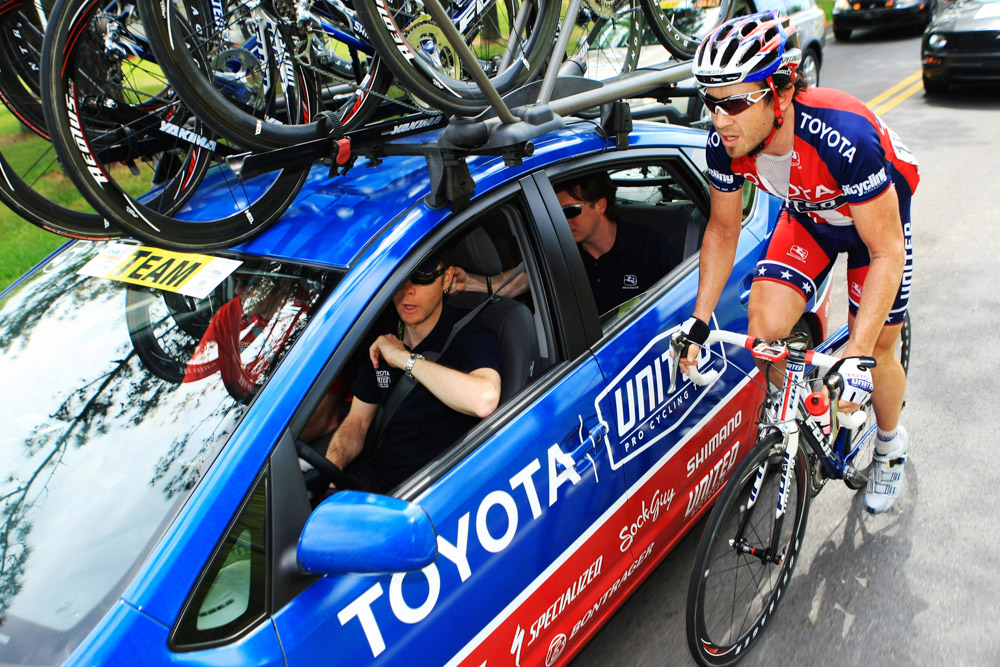
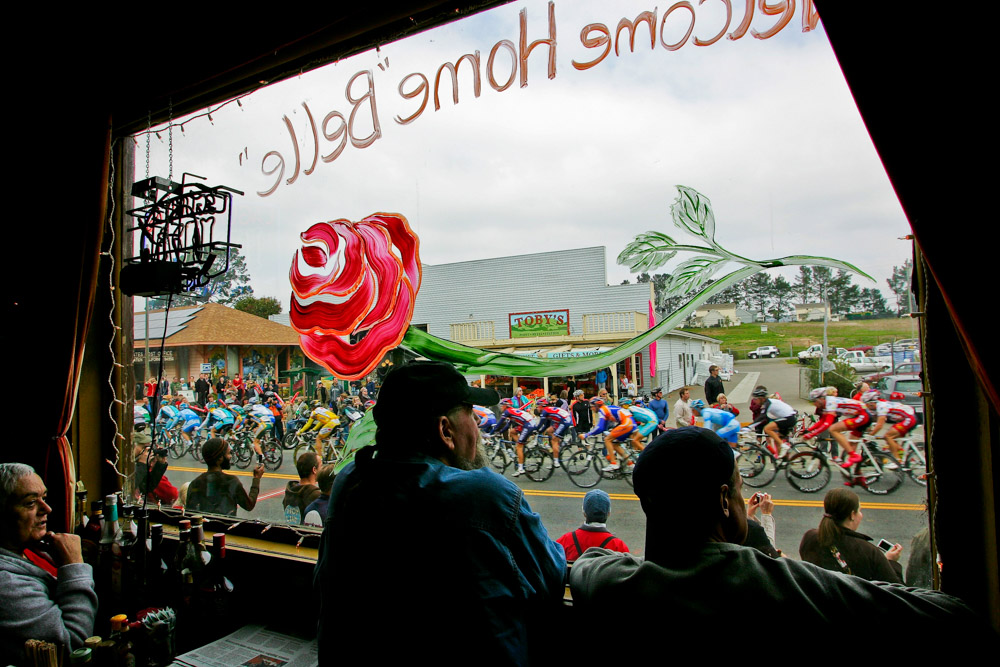
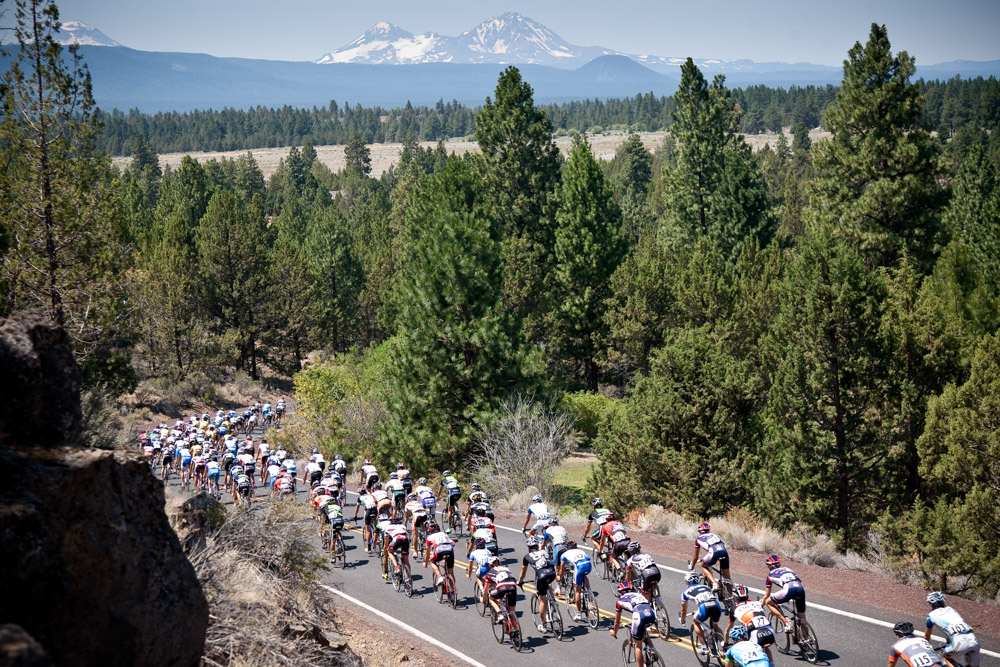
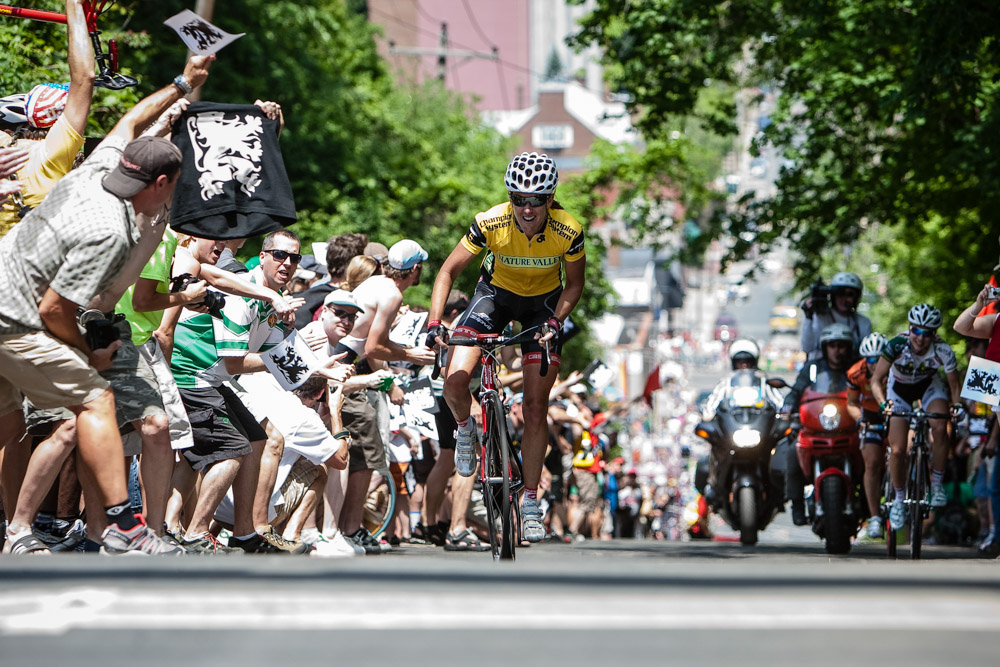
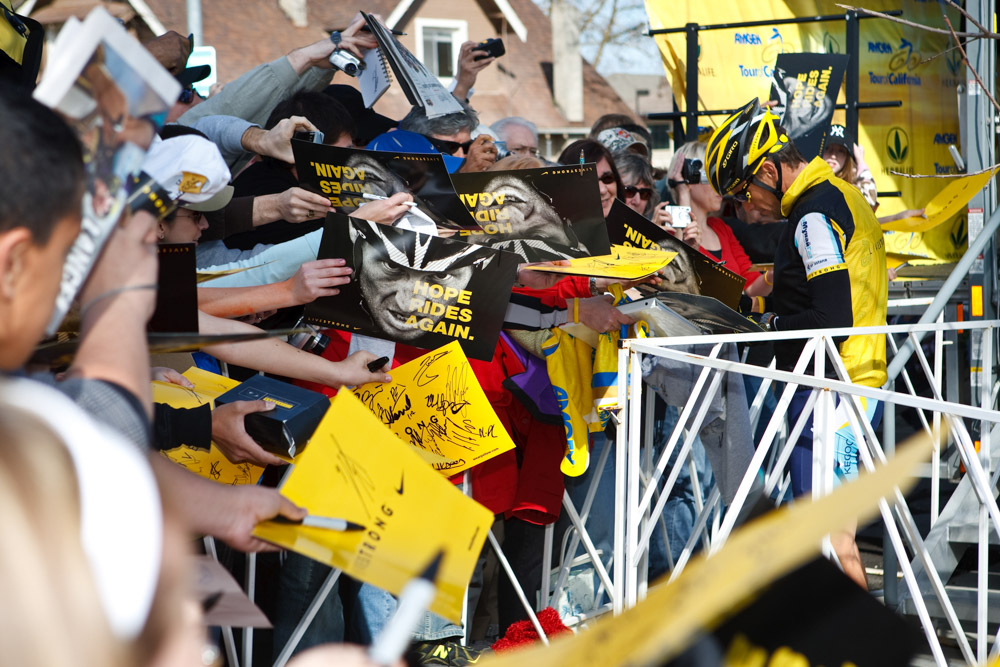
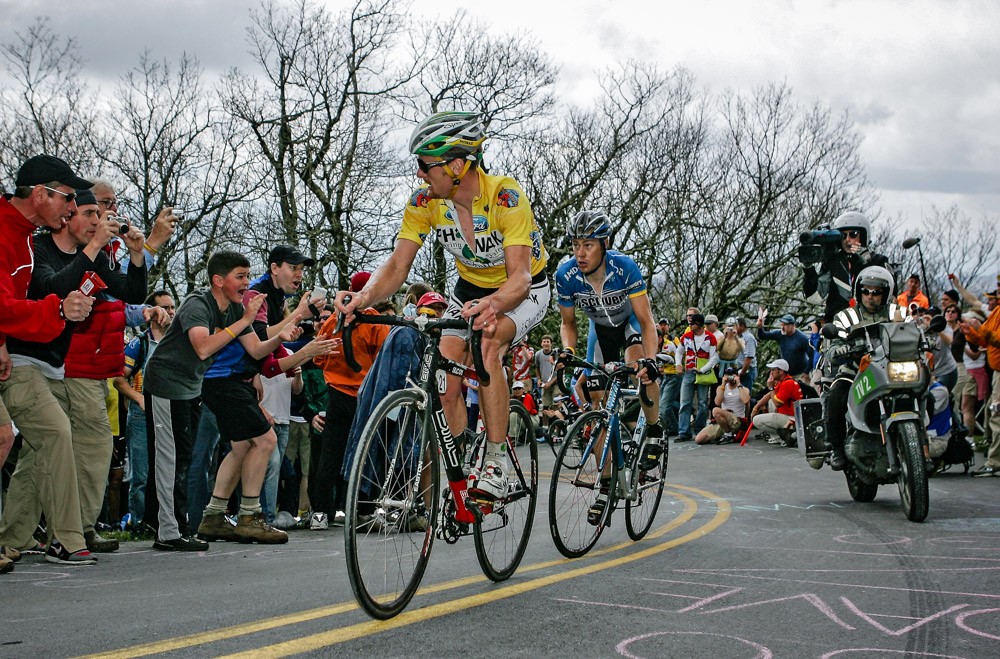
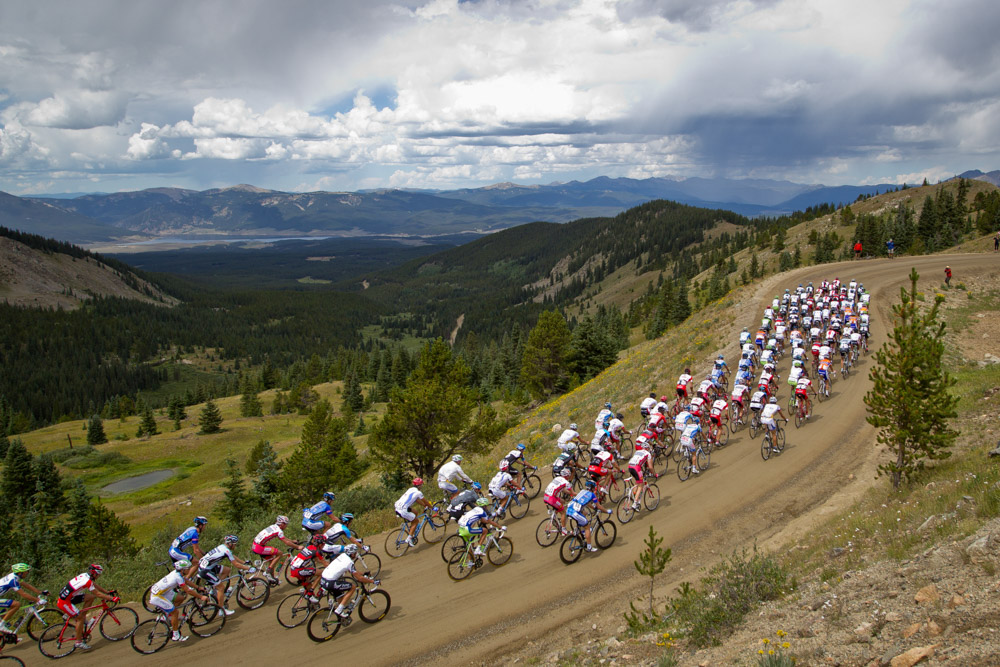
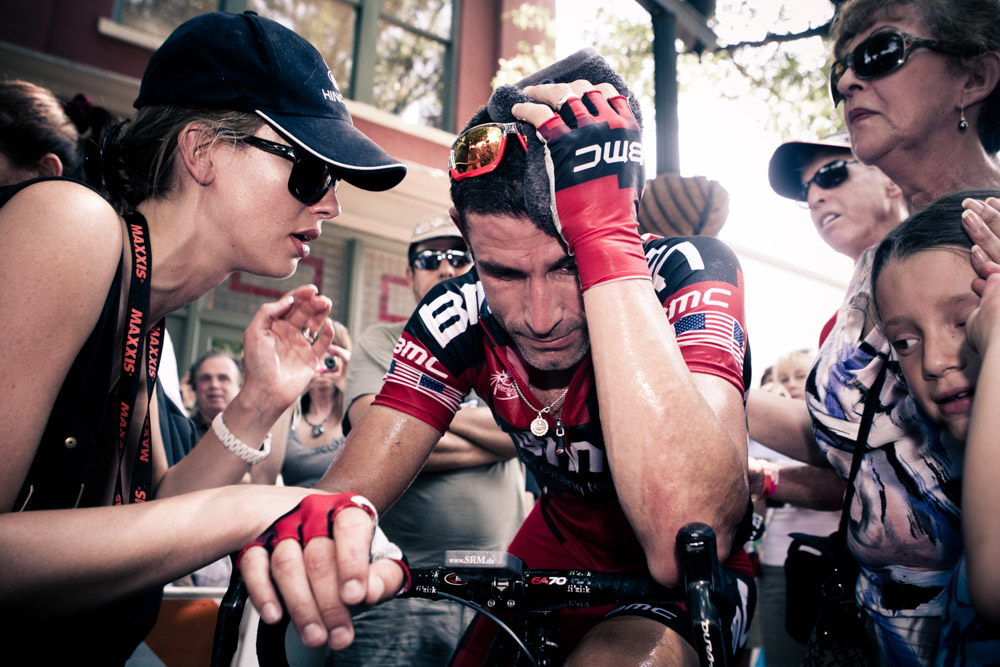
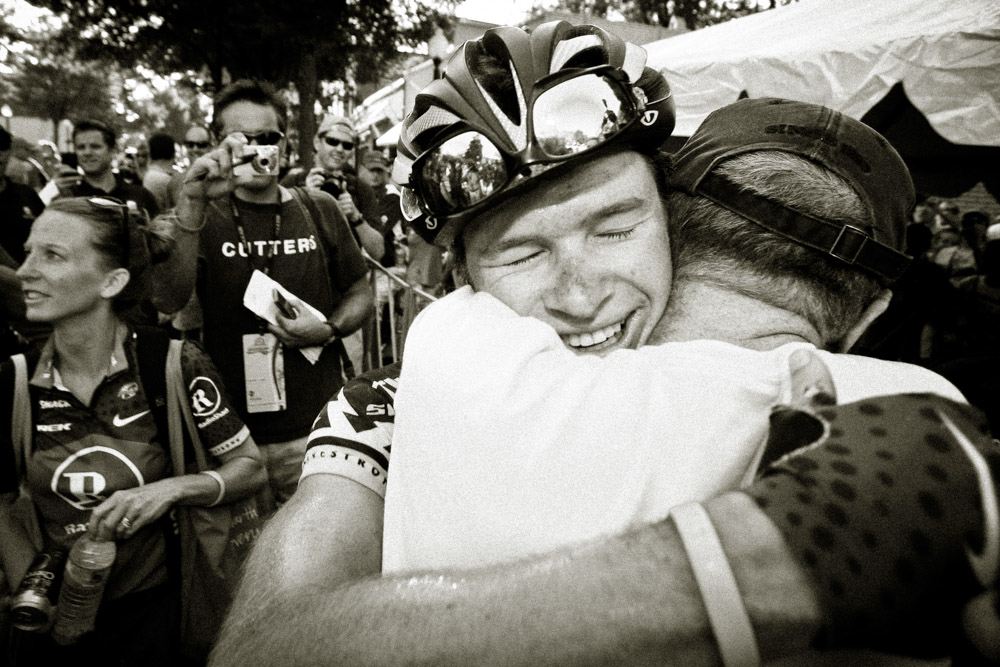


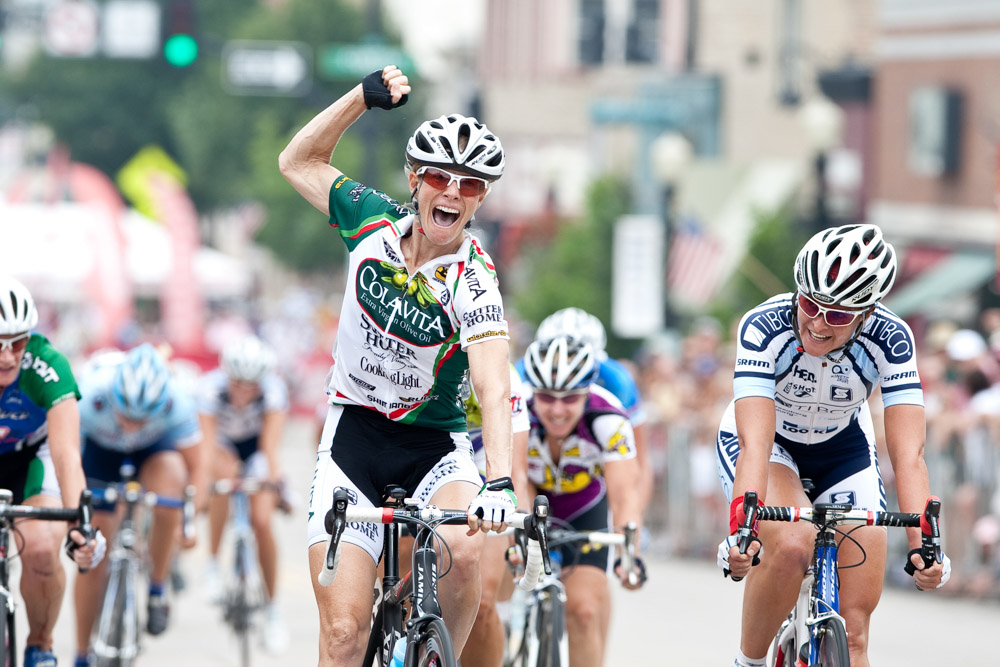
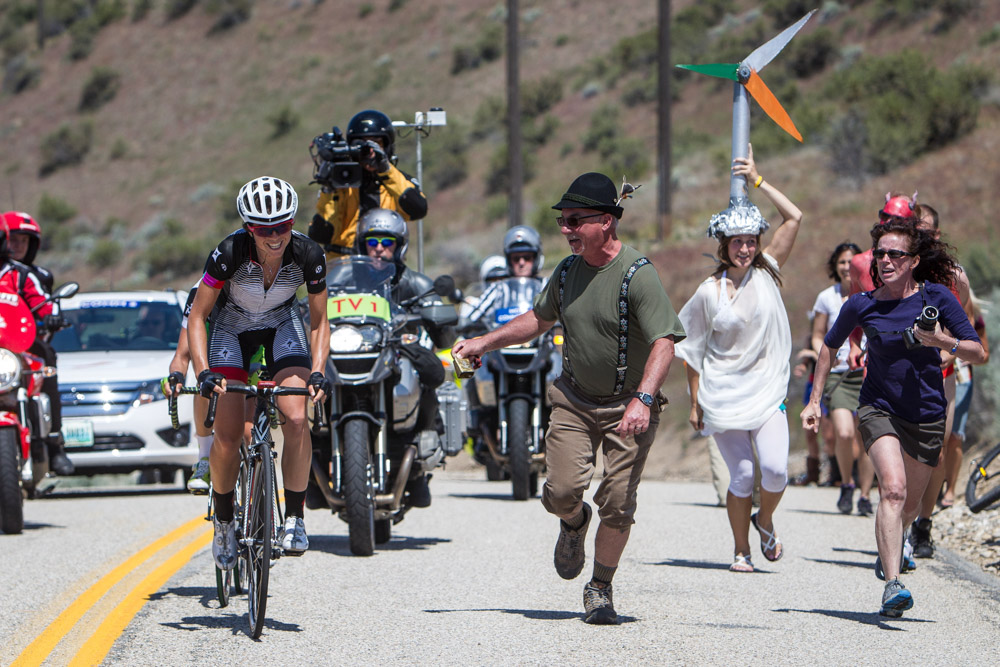
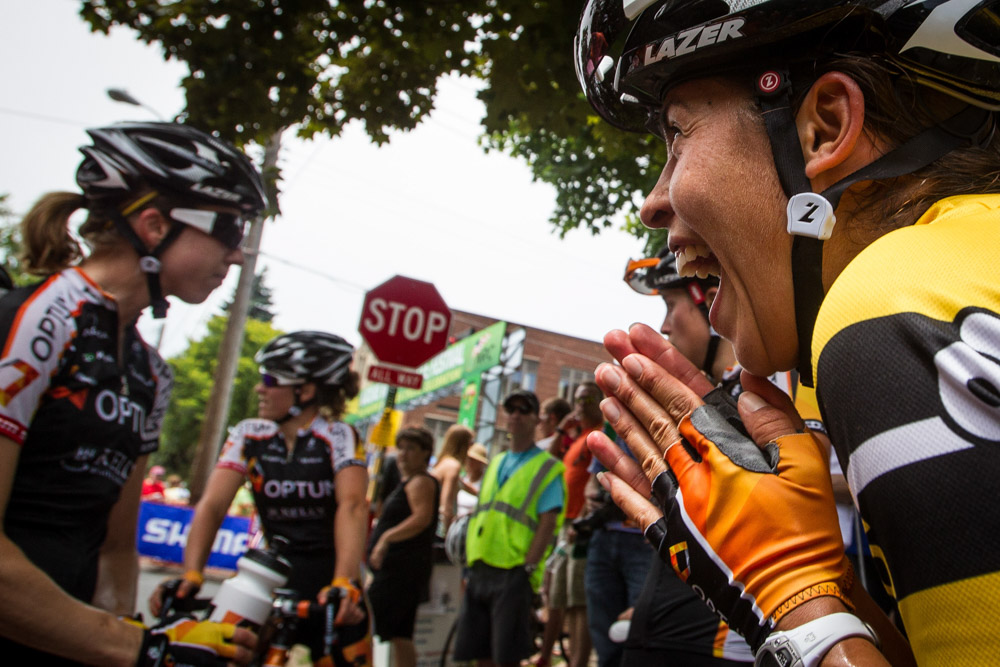
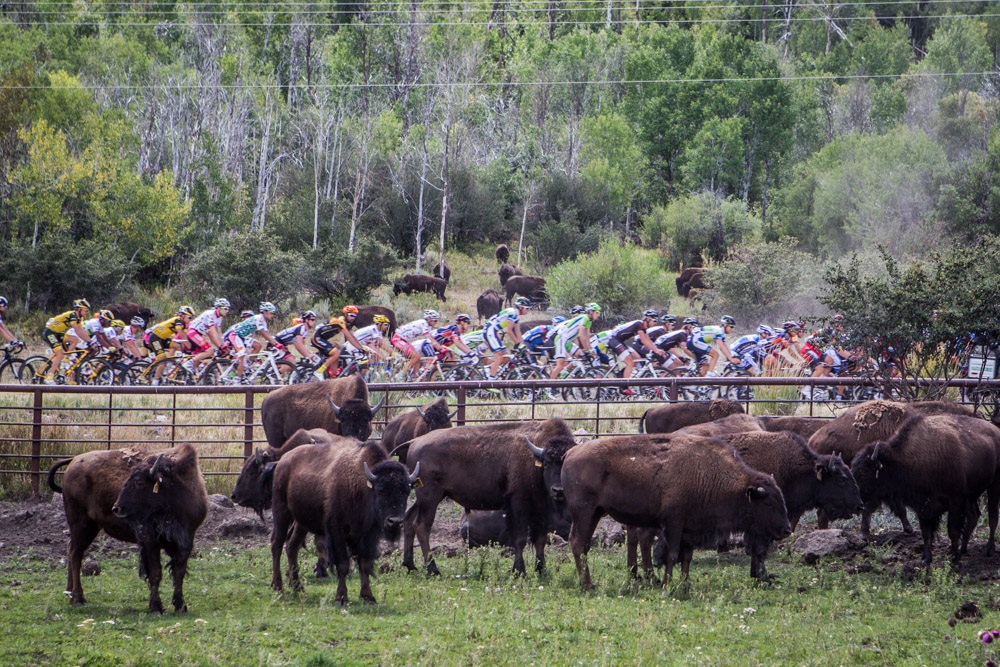
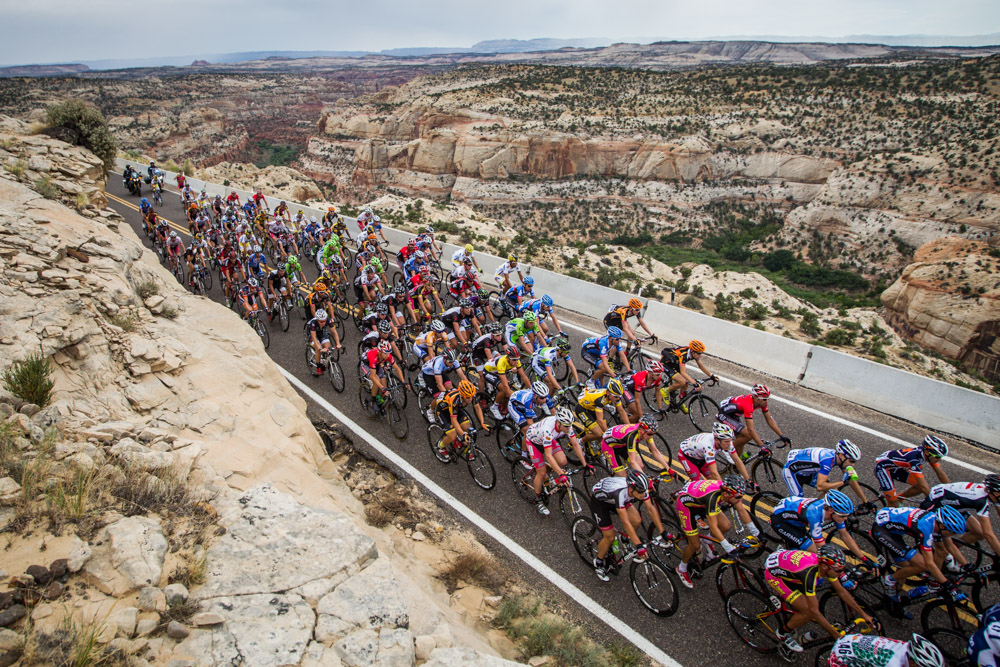
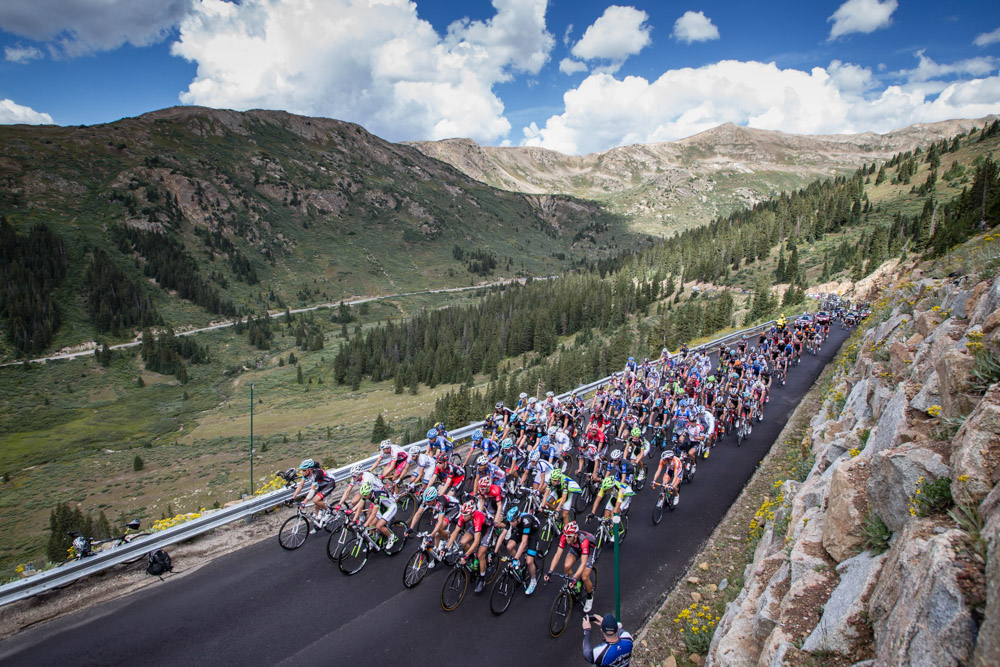
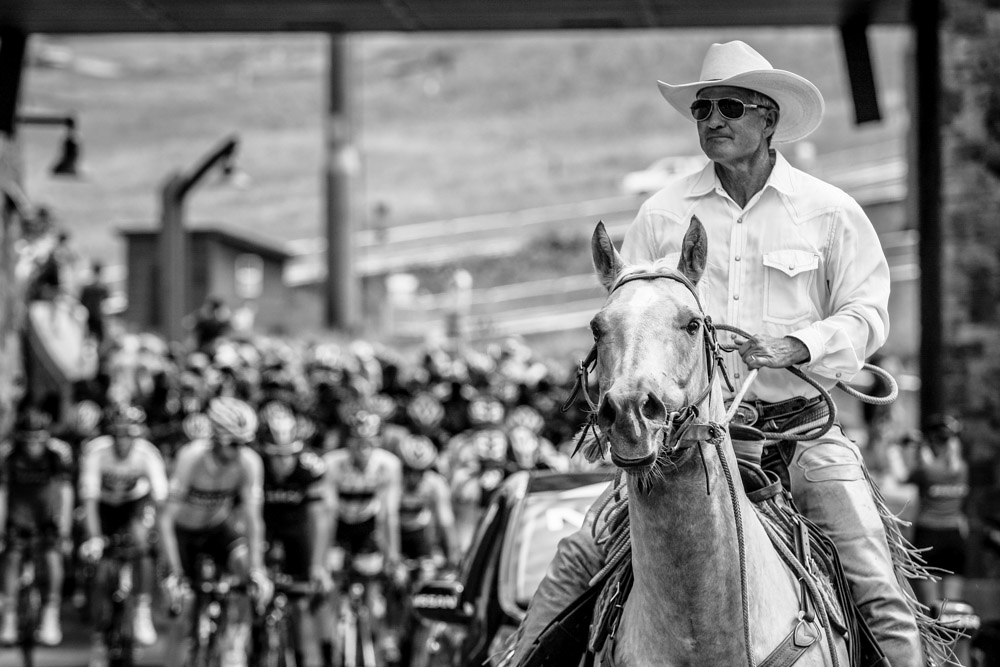
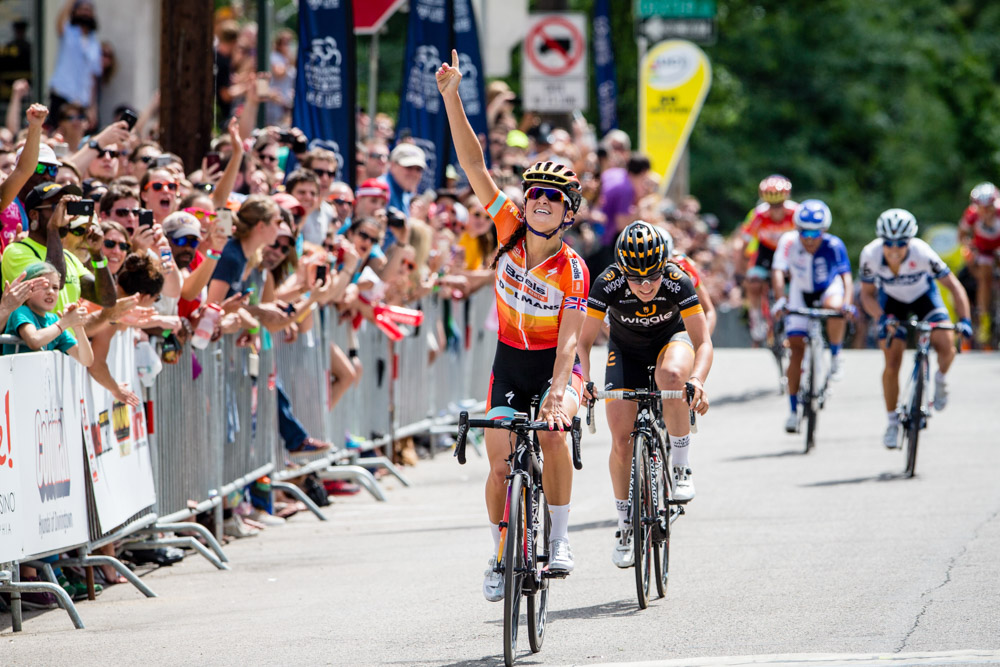
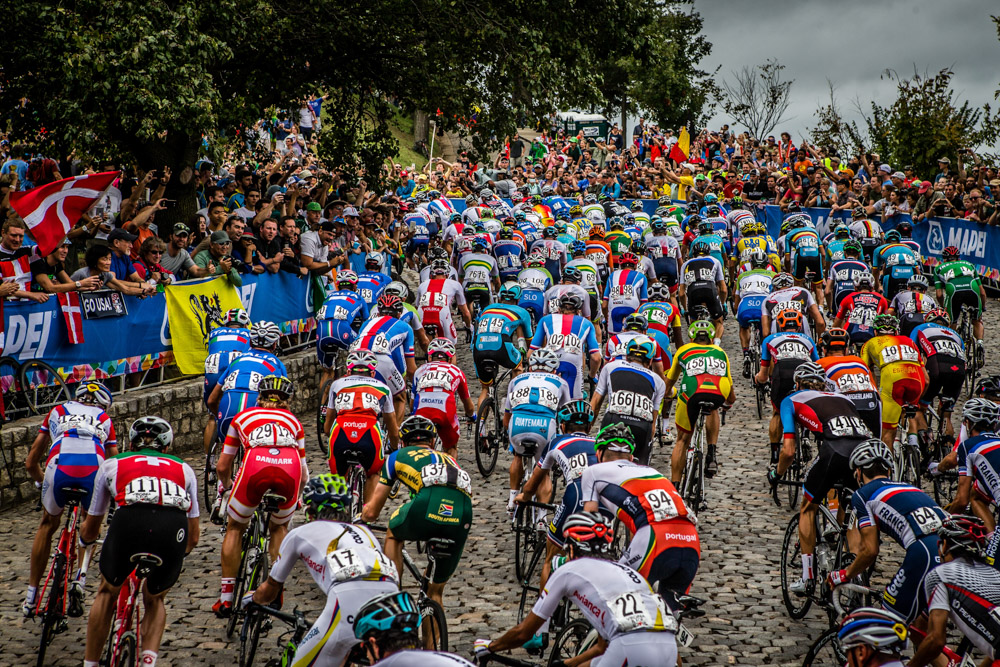
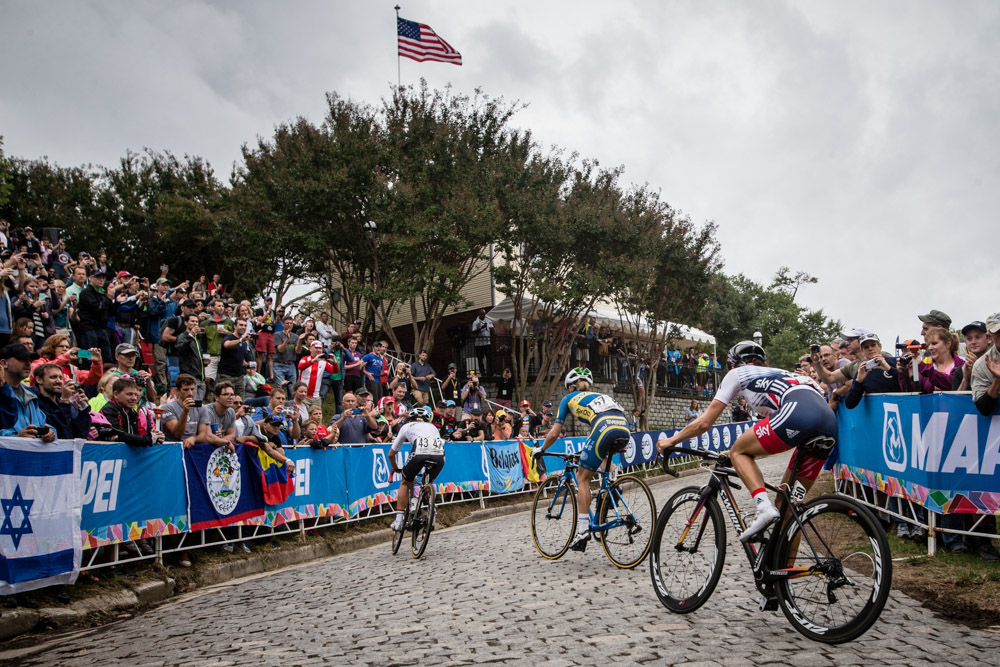
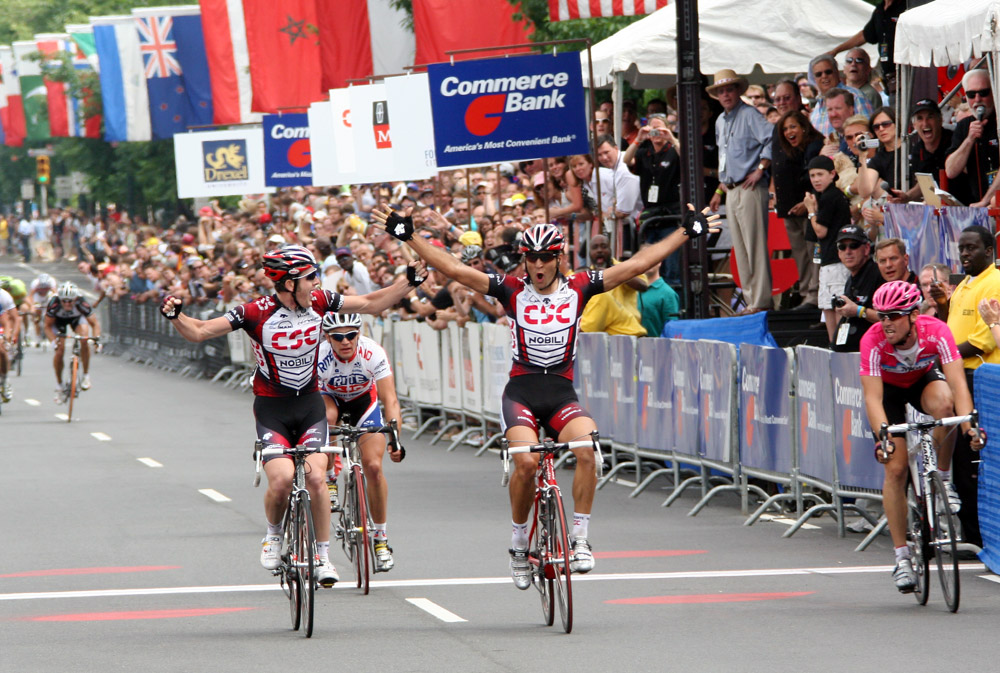
Since 2001, photographer Jonathan Devich as been on the road for Cyclingnews, shooting the biggest races in the US and documenting more than a decade of history. We asked him to compile a couple dozen photos looking back at some of the iconic races and places, big-name riders and memorable moments.
"The photos I selected are a few from my collection that show a little bit of that history," Devich said. "From the one-week stage races like the Tour de Georgia, Tour of California, Gila and Utah to the USPRO Championships, the US racing scene has grown and flourished."
2009 US Pro Time Trial Championships: Dave Zarbiske won his fifth US time trial championship in 2009 on the course in Greenville, South Carolina. [His 2004 championship would later be stripped as part of his deal with USADA in its investigation of Lance Armstrong and doping on the US Postal Service team - ed.] Zabriske missed the race in 2010, when Taylor Phinney won it for the first time, but he returned to take two more titles in 2011 and 2012. Zabriske set the standard for time trailing in the US for nearly a decade.
“Dave’s just been such an important figure in time trialing in America and also in Europe," Devich said. "He’s been one of the strongest time trialists to come out of the US – multiple US championships and a time trial stage at the Tour de France is just pretty huge. So that’s why I picked that one. I think he really raised the level of time trialing in the US.”
2009 US Pro Criterium Championship: Tina Pic, who currently races with Happy Tooth Dental, won the last of her six US criterium titles in 2009. Pic announced her retirement following the that season and directed Colavita teams until she returned to racing in 2012. Pic is one of the most winning racers in US history, and at 49 years old she continues to add to her results. Devich said he chose a photo of Pic because she has been a staple of the US cycling scene since the 1990s.
"She’s one of America’s winningest women racers. She’s amazing and still racing. I think she’s been an inspiration for younger riders to become top sprinters.”
2012 Exergy Tour: The inaugural, and unfortunately final, Exergy Tour in and around Boise, Idaho, showcased a top women's peloton along with the Idaho scenery. Evelyn Stevens, riding for Specialized-Lululemon at the time, won the overall after breaking away with Claudia Haussler (GreenEdge-AIS) on the final stage and overtaking teammate Amber Neben by 50 seconds in the final standings.
The latest race content, interviews, features, reviews and expert buying guides, direct to your inbox!
"It was a huge deal to have women’s-only stage race come back to the US again," Devich said. "It was a great race and it was great to see the women riding there."
The race was off the calendar and gone for good by the next season, but while it lasted it drew a good field and excited spectators. The crowds on the final day, a circuit race around Boise, cheered Stevens with extra enthusiasm. Devich found out later why - a possible family connection with the fan dressed as an Exergy wind turbine.
“Stevens had family there and I was told that that was her sister," he said. "That’s why she’s got that big smile on her face."
2012 Nature Valley Grand Prix: Carmen Small led from start to finish of the 2012 Nature Valley Grand Prix in Minnesota, wrapping up final victory by finishing third with teammate Jade Wilcoxson on top of Chilkoot Hill at the infamously difficult Stillwater Criterium. Small was 33 at the time, but Devich saw this race as a rebirth for her career, which continues in Europe this season with Ceverlo Bigla.
"She was thinking she was at the end of her career by this point, but being on the Optum team and working with Rachel Heal just seemed to really bring out the best in her," Devich said. "She won and that was huge, and from there she went on to race for Lululemon in Europe, win a national championship, and she was pretty amazing the next couple of years. This was like the start of the second part of what was already great career."
2013 Tour of Utah: Over the past 10 years, the Larry H. Miller Tour of Utah has grown from a small regional race into one of the top US stage races, achieving UCI 2.HC status in 2015. Well organised and supported, the event has drawn top competition, including 2011 Tour de France winner Cadel Evans. The race includes some of the iconic climbs in American racing, including Little Cottonwood Canyon, Empire Pass and Guardsman Pass. The rural nature of large parts of the state make for some interesting encounters along the route, including this buffalo herd.
"I just thought that was a pretty iconic US shot," Devich said. "We were up the road just a little bit, and I saw them standing there. There’s a bison ranch, so I got off and ran around so I could get the peloton coming through. The herd is split on both sides of the group. I had to go out into the field to get them in the shot.
"You can see one of the riders there, I think it's [Alex] Candelario, he's looking over, but as the peloton started coming in they were all looking like 'what the heck?' Esepcially the Euro guys were like 'wow'. It was pretty cool."
2013 Tour of Utah: Utah has remarkably diverse geography, but the red rocks in the south near the Grand Staircase Escalante National Monument provide a beautiful setting for the 2013 race. After a year in the north in 2015, the race will return to southern Utah for a start in Zion National Park this August.
"That again just shows how beautiful parts of America are and the diversity of the locations that we race through," Devich said. "It' so varied here. In California we're by the ocean one week and and then we're racing through red rock canyons the next week. It's all beautiful in its own way, and I really wanted to show that."
2013 USA Pro Challenge: The USA Pro Challenge hit the scene in 2011 and made an instant splash. The stunning terrain that has drawn cycling enthusiasts to the Centennial State for decades provided a stunning - and challenging - setting with a built-in fans. The 2016 race was cancelled earlier this year, but organisers say it will be back. Devich got his own taste Colorado's jagged geography when he scrambled 40 feet up a boulder wall alongside Independence Pass, a road that's carved into the side of a mountain near Aspen.
"I don't know what the elevation is there, 10,000 feet or something ridiculous," he said. "I climbed way up on those boulders. Looking way down into the valley you can see the race coming from way far away. It was steep, for sure, and I was like 40 feet up off the road. But then you're looking several thousand feet down in to the valley. It was almost like an optical illusion that you're up higher than you are. It really messed with my head a bit. I got the shot, but then I really took my time climbing down. But it was beautiful. It was worth it."
2013 USA Pro Challenge: Colorado is proud of its western heritage, and the city of Steamboat Springs generally puts its best foot forward with a showy start from a galloping horse and rider. No stranger to horses, Devich always makes time to get the bikes and the horse in the shot.
"Every time we visit Steamboat that guy starts us there. Just a classic Colorado cowboy."
2015 Philly Cycling Classic: World Cup racing returned to the US in 2015 at the Philadelpia Cycling Classic, where future world champion Lizzie Armitstead (Boels Domans) won ahead of Elisa Longo Borghini (Wiggle-Honda) and Alena Amialiusik (Velcio-SRAM). The International field was new to the US and offered a glimpse of what was to come in Richmond later that summer. This year's race, which takes place on June 5 after the Tour of California, is part of the inaugural Women's WorldTour.
"Finally we get a women's World Cup back in the US," Devich said of the 2015 race. "Fans were great. The racing was great. It was really hard racing. Just to have a bunch of the top women in the world come there to Philly and race was pretty special."
Men's 2015 UCI World Championship Road Race: After nearly 30 years, the UCI Road World Championships returned to the US in Richmond, Virginia. The city closed down a large chunk of its city centre for 10 days as juniors, U23 and elite athletes from around the world competed in team time trials, individual time trials and road races.
The competition culminated with the men's road race on Sunday, when Slovakia's Peter Sagan stormed away from the rest of the world on the cobbled climb up Libby Hill to win the final rainbow jersey. Devich, who hails from Virginia, was there on the barriers on Libby Hill among the deafening screams of the crowd as the peloton raced through.
"Crowds were amazing," he recalled. "It was really special to me because it was close to where I grew up riding and racing. I raced there when I was younger. So it was special to see the top riders in the world racing there where I grew up - and to see the support in the US with the huge crowds for al these riders who came over. The US wants to see some good racing."
Women's 2015 women's UCI World Championship Road Race: The women's race at the 2015 UCI Road World Championships in Richmond was an especially hard-fought race that whittled the final lead group down to nine riders. Great Britain's Lizzie Armitstead, who won in the US earlier that year at the Philly Cycling Classic in June, held out for the win, while Team USA's Megan Guarnier took the bronze, the first US women's medal in the road race in 21 years. Devich was there again on Libby Hill to capture history.
"Again, the top women in the world racing in my home state of Virginia, and just seeing the huge crowds was just so special for me, and I think it was a special worlds for everybody, because everything just went really well."
Philly Cycling Classic: Like its better-known brethren the Manayunk Wall, Lemon Hill in the Philadelphia Cycling Classic is one of the iconic climbs in US one-day racing. As part of the course for the Philadelphia International Championship, which decided the US title from 1985 through 2005, Lemon Hill has seen its share of US cycling history.
"Any pro that's been racing for any amount of time knows Lemon Hill," Devich said.
2007 Tour of Missouri: The Tour of Missouri ran for three years from 2007 through 2009. The mostly flat parcours led to George Hincapie winning the inaugural race, followed by Christian Vande Velde in 2008 and Dave Zabriske in 2009. An upstart Mark Cavendish won the points classification in 2008. Although well-received throughout the state, the race eventually folded when the state government cut its financial support.
"One of the other big tours in the US that we had," Devich said. "It was a really fun race. The people at the Tour of Missouri were just great. They loved having us there, seeing them alongside the road and all that. In the capital with the arches in the background and the high crowds, it was a pretty awesome day. Ivan Dominguez (Toyota United) won.
"I really wanted to shoot the arch of St. Louis because it's such a landmark. I wanted to do a scenic finish, which I rarely get to do. It's usually a tight finish such. But I felt like the arch was a special thing to have in the shot that I got pretty far back down the road and up to be able to get everything in there."
2008 Tour de Georgia: The Tour de Georgia ran for six years from 2003 through 2008, pre-dating the Tour of California and all the other major US stage races currently drawing an international field. The 2.HC race was also the first major international US cycling event managed by Medalist Sports, which has gone on to oversee the tours of California, Missouri, Utah and Alberta, as well as the Exergy Tour, the USA Pro Challenge and the 2015 Richmond World Championships. Devich said the race in Georgia paved the way for many others that followed.
"There's a lot about Tour de Georgia that's special for a lot of people, because there hadn't been a really big tour in the US for awhile; we hadn't really had the big names and the big teams come over for a tour in the US. So I think Georgia had a lot to do with building this newer generation of cycling in the US. There was this bit of a lull, and then we got Georgia that drew in all these big teams, and everybody had to step it up a notch - all the Pro Conti teams, all the Conti teams, the HealthNets and the Navigators at the time. All our riders, and even our guys who were racing in Europe at the time, now they got the chance to come back to the US and they're racing with their big teams. It set the stage for the newer crop of riders and the newer bunch of big races that we have in the US. Tour de Georgia really helped get that ball rolling."
2008 Tour de Georgia: Organisers of the Tour de Georgia found a good way of mixing southern auto racing culture with a cycling event in 2008 when they staged a16.1km team time trial at Road Atlanta. Jonathan Vaughters' upstart Slipstream-Chipotle team won the race, followed by Astana and HTC-Highroad [pictured above].
"That was a pretty awesome stage because they had the whole track at Road Atlanta," Devich said. "It's a famous racetrack, and the guys were doing a team time trial on it. We hadn't had a team time trial in the United States for years and years, and all of the sudden we have ProTour teams and Pro Conti teams that are doing a team time trial on this awesome course. It ended up being a great day, and I think everybody had a really good time getting to do it ... and watching. It was really awesome to watch."
2008 Tour de Georgia: Toyota United's flame was brief but intense, lasting just three seasons from 2006 through 2008. The team raced in Georgia, Missouri and the Tour of California, along with the rest of the US domestic schedule, winning 155 times during its run. In the photo above, Ben Day is back at the team car talking with director Scott Moninger.
"Toyota United is a team that came on and they were trying things a little bit differently, just the way they were structured. Ben Day came over from Australia, and they had some other really good riders and a really good program put together. They won stages in all of the big US races. They won one-day races. They came on the scene and they were a powerhouse."
2008 Tour of California: You never know where you'll end up when you're following a bike race, and at the 2008 Tour of California our photographer found himself in a pub sharing a view with a lot of confused and curious onlookers.
"We were racing into Santa Rosa, and this is near Bodega Bay," he said of the spot where he took the photo above.
"It's just this little fishing community there along the coast, and it just struck me that all of the sudden there's a big bike race going through. And people were just looking like, 'What is this?!' This was a pub that was along the course, and I came walking in and I have my helmet on and all my camera gear, and everyone just looks at me like I'm nuts, like asking themselves, 'who in the world is this guy? What's going on?' All of the sudden there's all these cars going by, and motorcycles and there's a helicopter in the air. It was just nuts. And then the race goes by, and you can just see people's faces kind of light up. I think there was little bit of wondering what it was, and then that look of 'Oh, this is pretty cool.' I think it just shows how we've been able to go through these little communities in the US and people get to see the races."
2009 Cascade Cycling Classic: Dating back to 1979, the Cascade Cycling Classic in Bend, Oregon, is another staple of the US racing scene. Central Oregon's Volcano-rimmed high desert geography offers endless opportunities for racing, and the outdoor-minded population can be counted on to support the race. In 2016, the women's race at Cascade will be a UCI 2.2 event. The Awbrey Butte Circuit Race [pictured above] is the traditional final stage that often decides the overall winner.
"That race has been going on for years and years and years," Devich said. "It's a beautiful race, and if you go back through US race history, anybody who's ever done anything as a US rider has raced Cascade at some point in time."
2009 Nature Valley Grand Prix: The Nature Valley Grand Prix was supposed to be Kristin Armstrong final race in the US before she went to Europe in search of her second time trial world championship title. The 2008 Olympic gold medallist had announced her intended retirement following that season, and she wanted to leave the US on top. She led the Minneapolis-based NRC race from start to finish and then stormed up Chilkoot Hill in the final Stillwater Criterium to claim the final general classification. Devich said the Stillwater crit course is one of the toughest in the country.
"That's another one of the Classic US criteriums with huge crowds," he said. "It's a crazy climb. It's Armstrong drillin' it on the front of that climb and the crowd going crazy. It just shows the support there is for US racing and just how fun it can be."
2009 Tour of California: When Lance Armstrong announced his return to cycling in 2009, saying he was going for what, at the time, would have been his eighth Tour e France win after a three-year retirement, everyone knew it was going to be big. And his appearance at the 2009 Tour de France initially lived up to all expectations.
"Lance riding again," Devich recalled. "It was his big comeback and the fans were going crazy. Lance was learning to race again. I think this photo really shows how happy people were to see Lance. It shows the enthusiasm for people to see Lance. And it shows the impact that he had on races, because all of the sudden the fans and everything is just bigger. He comes out there, and it's - no pun intended - like a shot in the arm. All of the sudden just the number of fans alongside the road and at sign-on, all of the sudden it just goes up a bunch.
"As far as, the 'Hope Rides Aagain' thing, I don't know. That's a tough one because people were so excited to have him there. I think he did give people hope too, but in the end that got crushed for a lot of people. So I think there's some irony in that picture there."
2006 Tour of California: The inaugural 2006 Tour of California made a big splash, despite the February date. The race was a big draw for the top teams, which were looking for a - hopefully - relatively warm early-season race to start things off. The combination of California's out-sized vistas and population made the state an appealing place for a bike race.
Despite being unfamiliar with the area at the time, Devich found himself in the right place at the right time to get this shot of the first Tour of California peloton going over Bixby Bridge high above the Pacific Ocean beaches.
"Fortunately I was a little bit ahead of the race, and it was myself and one other local photographer, who obviously new the area because he was standing there. I pulled up with him, and for me it was just an incredible scene. Just amazing, and it just says Tour of California. And since then it's been photographed a bunch of different ways and all that, and I think it just really speaks to the race and California - the beauty of it all."
2006 Tour de Georgia: As the highest spot in Georgia, Brasstown Bald regularly played a starring role in the stage race. In 2006 Floyd Landis (Phonak) and defending champion Tom Danielson (Discovery Channel) raced to the top, where Danielson took the stage win, a result that would later be stripped after he admitted doping during USADA's investigation into Lance Armstrong. Landis was able to hang onto the final yellow jersey in Georgia, and he went on to win the Tour de France later that July. of course, that didn't end well either.
"That was a big battle," Devich said of the Brasstown Bald stage in 2006. "And again it shows US fans watching big-time racing, right in front of them. Here are the top guys in America for sure, and at that time they were huge in the world, and they get to battle it out right in front of 'em."
2011 USA Pro Challenge in Colorado: Organisers of the USA Pro Challenge didn't waste anytime using the race to showcase the most beautiful spots in Colorado. During this 2011 stage from Gunnison to Aspen, riders climbed over the gravel Cottonwood Pass at 3,696 metres and then up and over Independence Pass (3,687 metres) before descending into Aspen. This wouldn't be the last time the race went over a gravel pass, and Devich admitted that over the years not all of the weather was so cooperative.
"We did have some rain that came in during those couple of days, and it made some of the dirt sections pretty slippery," he said. "We did some slipping and sliding to get around and get where we needed to go. But it really just made for some great shots."
2011 US Pro Road Race Championship: George Hincapie was the odd-on favourite for the 2011 US pro road race championship in his adopted hometown of Greenville, South Carolina. he had won the stars-and-stripes jersey in 1998, 2006 and 2009, and as his career was winding down, another title in front of the home crowd would have been a nice feather in his cap. He came very close to finishing off the fairy tale story, but a young upstart who only started racing in 2009 had other ideas. Matthew Busche, who was racing for RadioShack, slipped past Hincapie at the line during sprint from a small break group to take the win. Hincapie and his fans were crushed, and Devich caught the poignant moment as it was sinking in.
"He just barely nipped him at the line," he said of the finish. "This was the last one in his hometown, and everyone knew this might be his last big chance to win another one, and then he got nipped at the line. He had all his family around him. His daughter was crying her eyes out. His mom is to the right, and his dad is back there. It was tough, because everybody really wanted to see him win, and he was so close to doing it, and you could just see the heartbreak in his face."
2010 US pro road race championship: To say Ben King's ride at the 2010 US pro road race in Greenville, South Carolina, was an upset would be more than a simple understatement. King, who rode for Trek-Livestrong development team at the time, had just a few months earlier won the U23 road race in Bend, Oregon. To win the pro jersey in Greenville, the 21-year-old held off the entire men's field for 64 kilometres as he soloed away from a small breakaway on Paris Mountain and then held off the chase.
"I think he just surprised everybody," Devich recalled. "He got away, and I think it was one of those situations where guys were figuring they'd bring him back, and they just never did. He just kept riding, and he rode away from everybody."
2007 Philadelphia International Championships: In 2007, the Team CSC duo of J.J. Haedo and Matt Goss stomped to a one-two finish ahead of T-Mobile's Bernard Eisel and Rite Aid's Alejandro Barrajo. A young Mark Cavendish, riding for T-Mobile, was out of the frame in sixth. The race no longer decided the US championship, which would have gone to Alex Candalario in ninth place. In 2005, when the US governing body decided that only US riders would be eligible to compete in the US championship, the Philadelphia race gave up the title so that international teams could continue to compete.
"Philly was just such a great race," Devich said. "It was one of those icons of American racing with big crowds and big-name riders. The big guns were there for it, and it was a long day of racing. So to have two riders from the same team get the first two spots was pretty awesome. It was a big surprise for everybody."
